“Project Volt Gas Volt” proposes long-term financing plan to support widespread implementation of power-to-gas systems
Green Car Congress
JUNE 2, 2013
Project Volt Gas Volt is based on a long-term financing plan and the use of existing technologies for the large-scale conversion of surplus renewable electricity to methane, with subsequent reuse. Project VGV uses surplus electricity generated by renewable and nuclear sources to produce hydrogen via electrolysis.




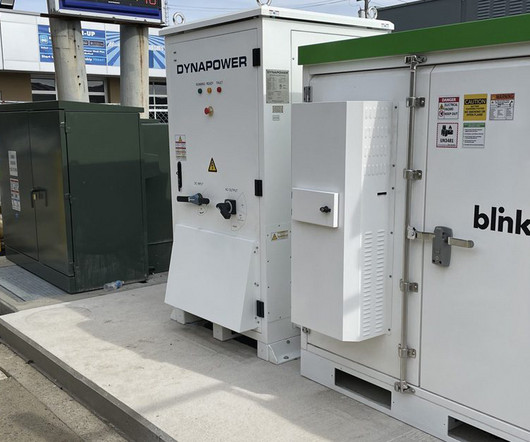





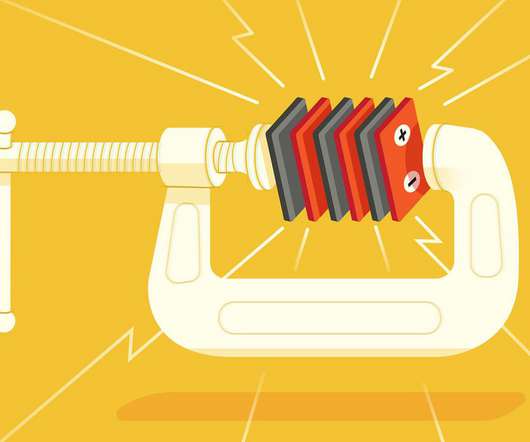






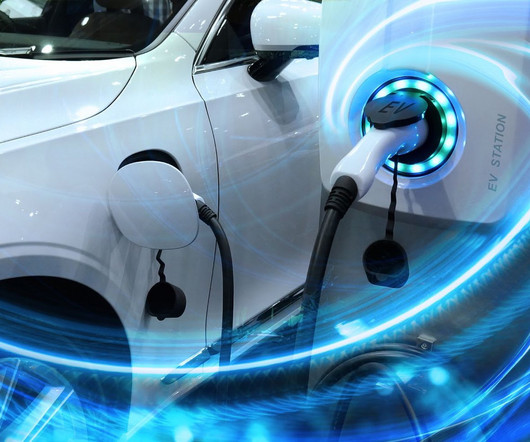
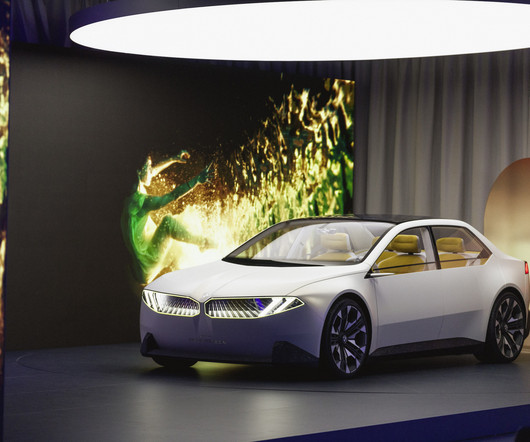


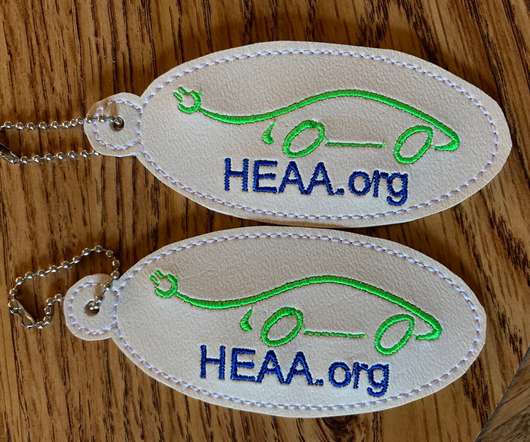



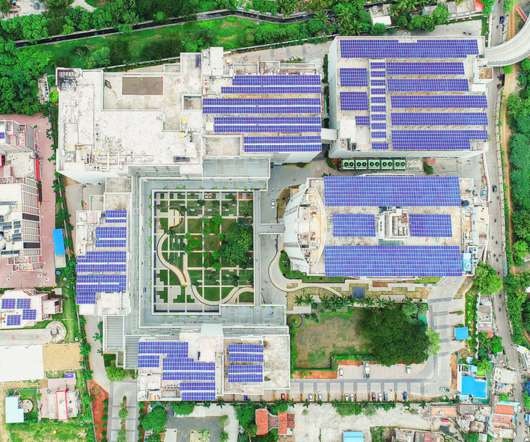

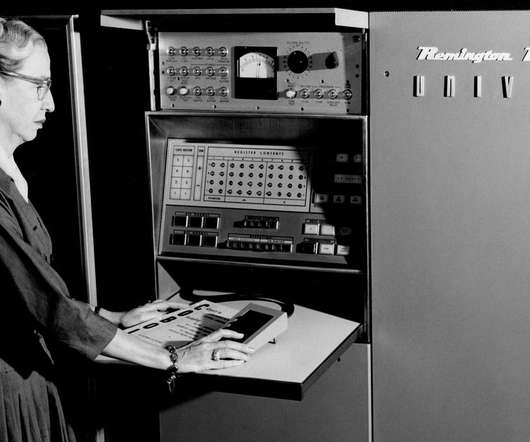


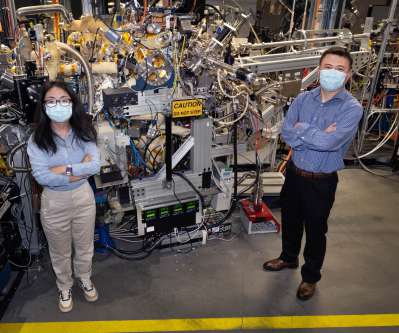
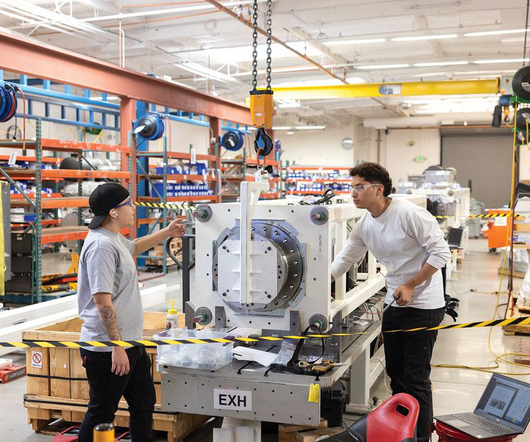
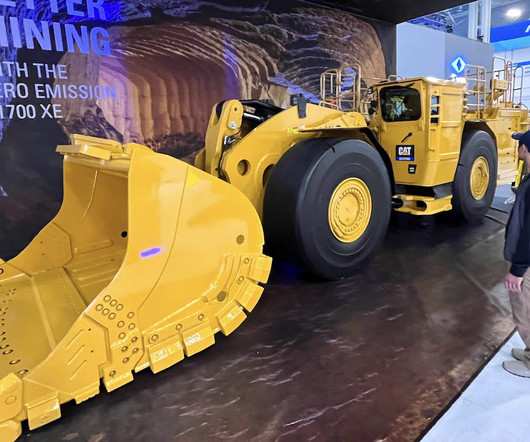




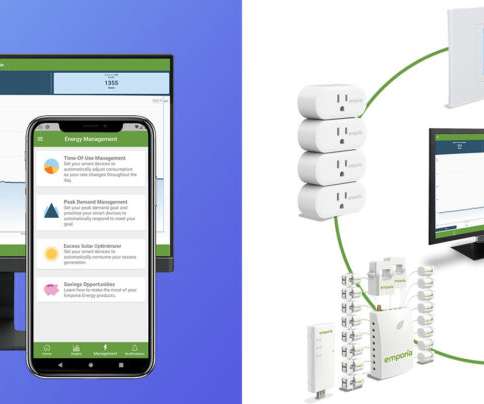







Let's personalize your content